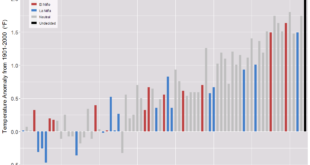
The Great Gatsby curve represents the correlation between income inequality and intergenerational income elasticity. In short, the greater the income inequality in a country the greater the relationship between a child’s income and their parent’s income.
The Atlantic article, The 9.9 Percent Is the New American Aristocracy: The class divide is already toxic, and is fast becoming unbridgeable – You’re probably part of the problem by Matthew Stewart (June 2018) is an excellent example of weaving important quantitative information (great for a QL course), including the Great Gatsby curve, to tell an important story.
Rising immobility and rising inequality aren’t like two pieces of driftwood that happen to have shown up on the beach at the same time, he noted. They wash up together on every shore. Across countries, the higher the inequality, the higher the IGE (see Figure 2). It’s as if human societies have a natural tendency to separate, and then, once the classes are far enough apart, to crystallize.
The post What is The Great Gatsby Curve? by David Vandivier (6/11/2013) has an animated gif that explains the curve well. To update or recreate the chart, you can get country gini values from the CIA World Factbook. Intergenerational income elasticity can be found in figure 1 of a the paper Inequality from generation to generation:the United States in Comparison by Miles Corak (2012). Intergenerational Social Mobility in OECD Countries January 2010 OECD Journal: Economic Studies 2010(1):6-6 Orsetta Causa and Åsa Johansson is another source. If you find more recent data let us know.
Never miss a post. Go to sustainabilitymath.org and sign up for email alerts or follow us on twitter @SustMath.
